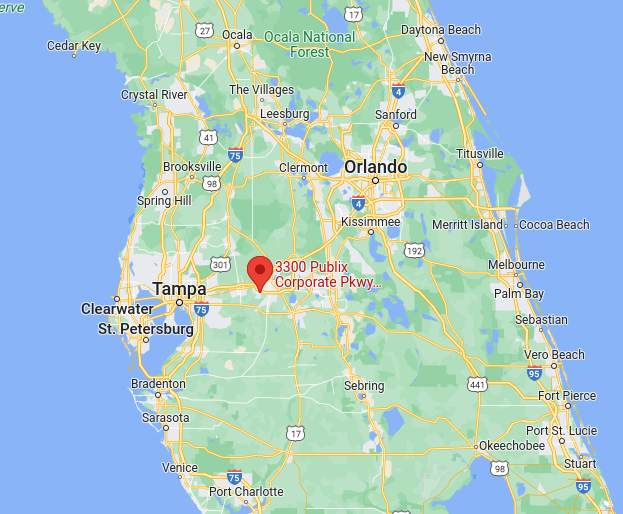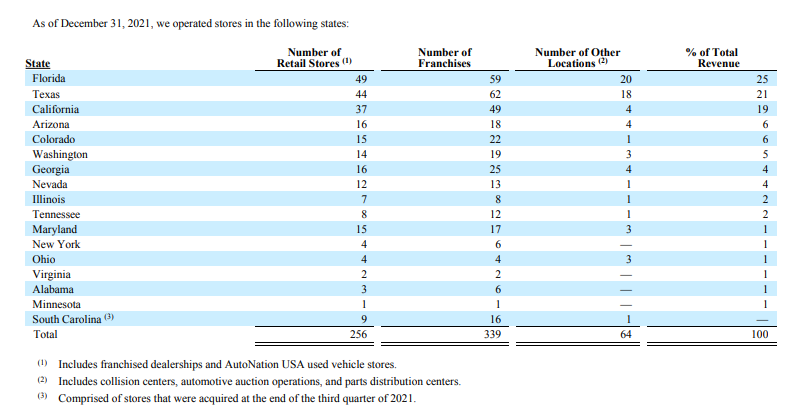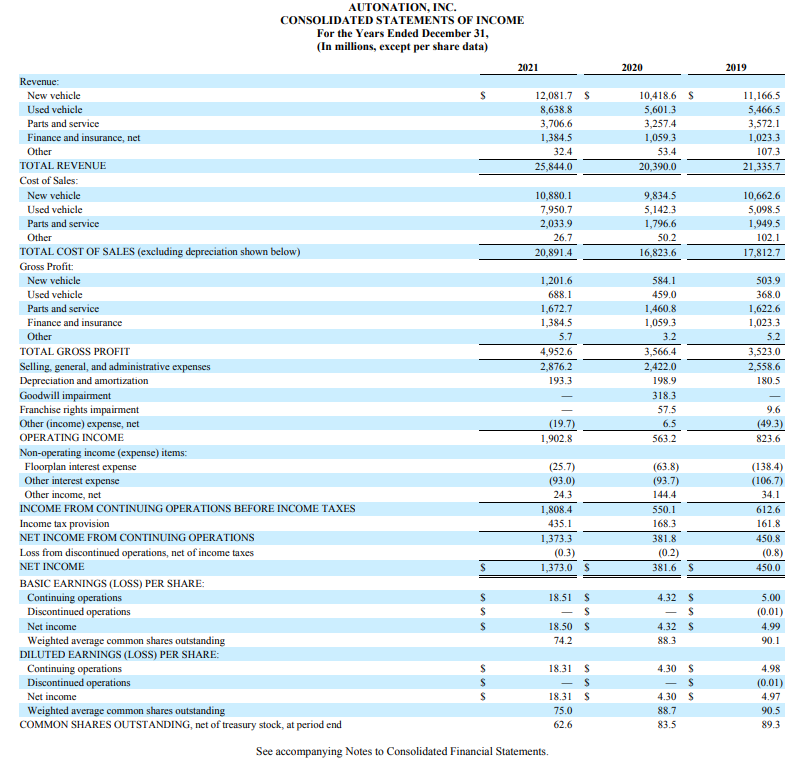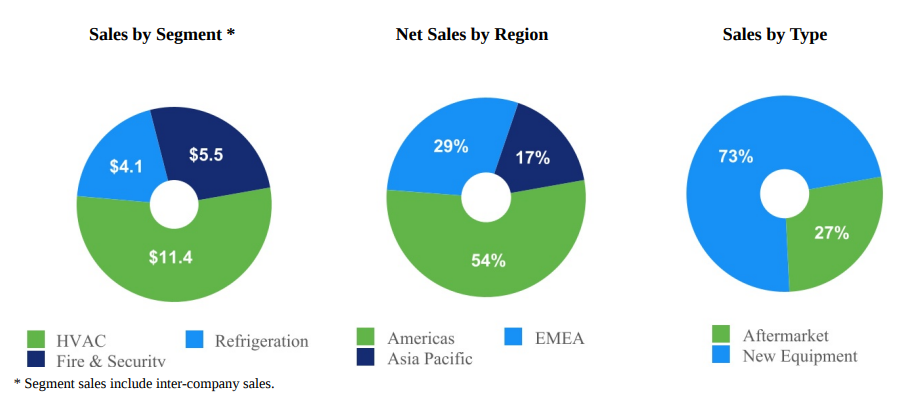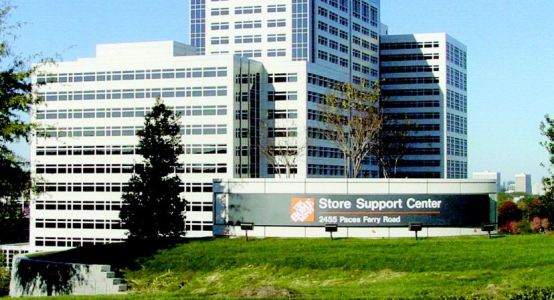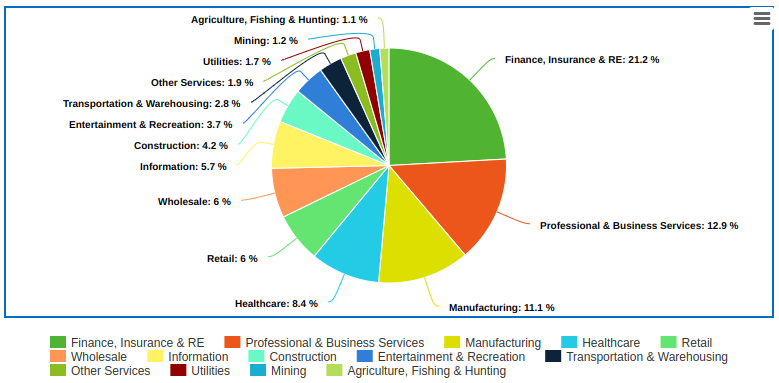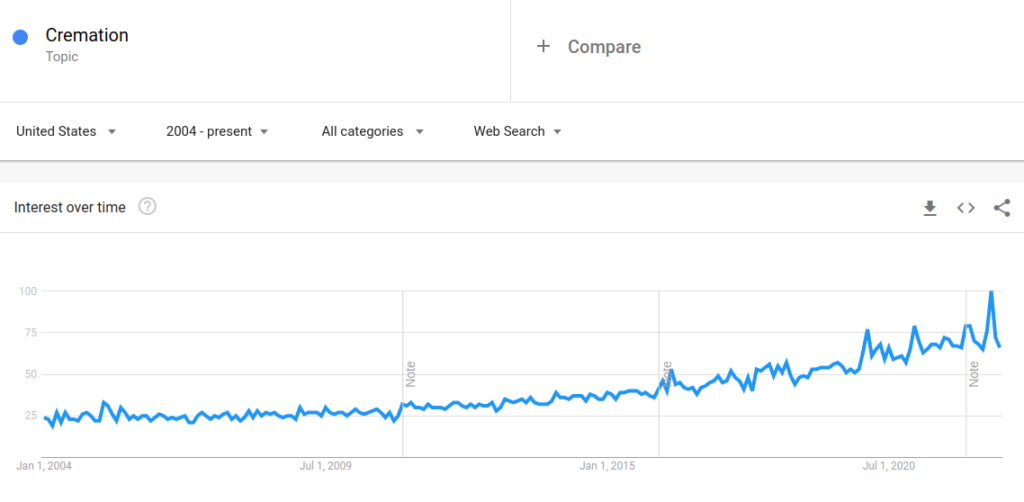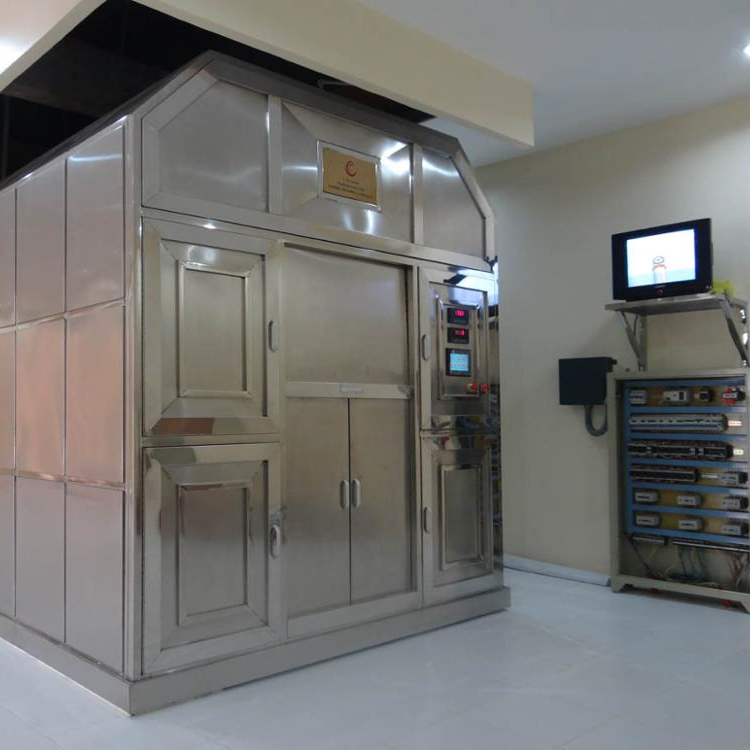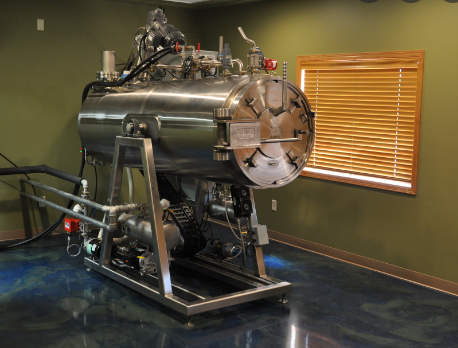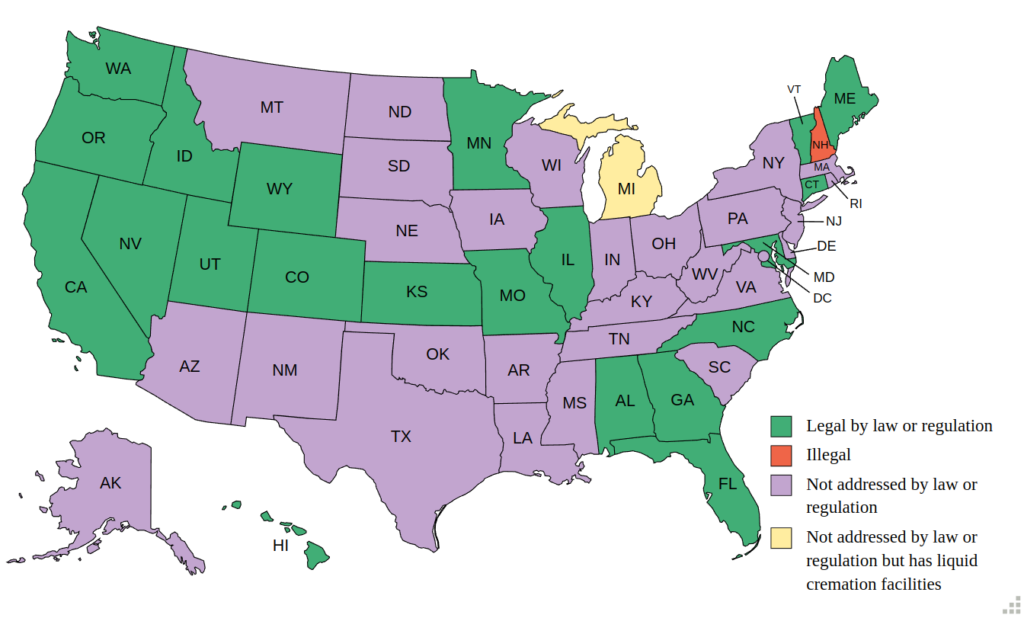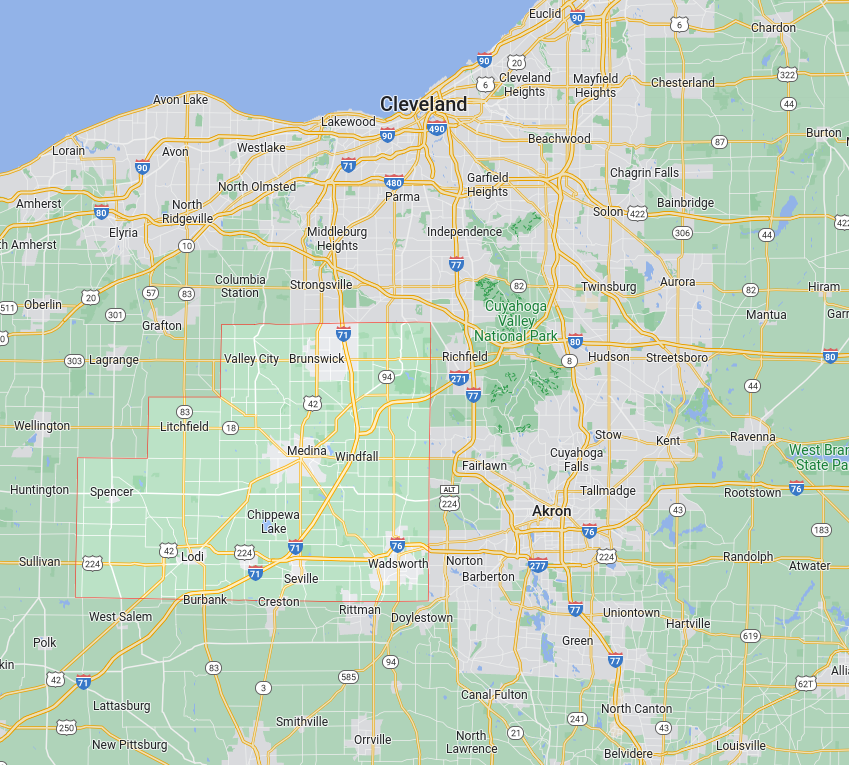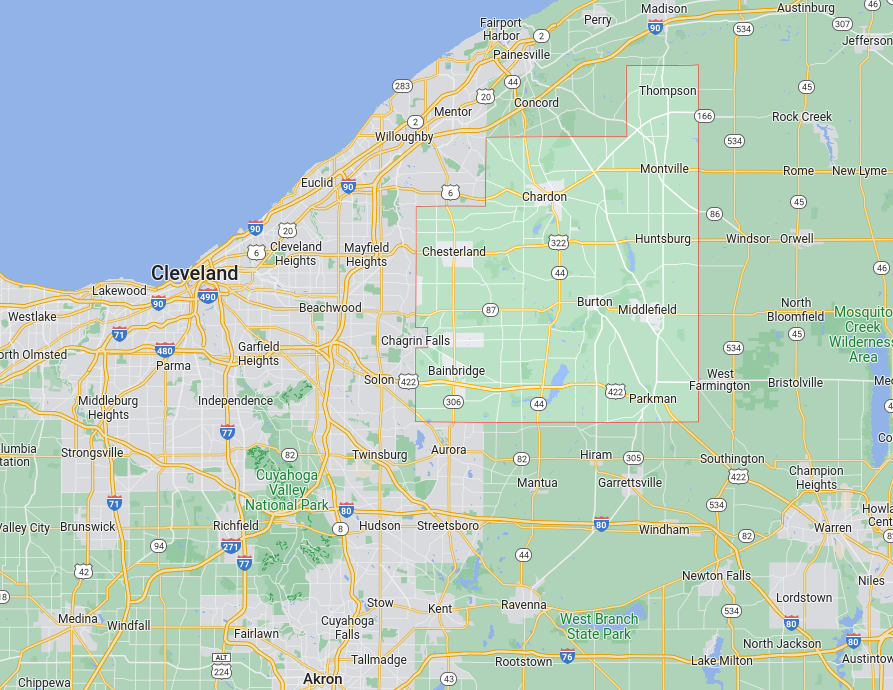These are the six largest companies in Texas by revenue.
#1 Exxon Mobil ($277 Billion)
Summary: This oil & energy company is headquartered in Irving and is involved in nearly all aspects of the oil business from exploration to extraction to the manufacturing of various petrochemical products.
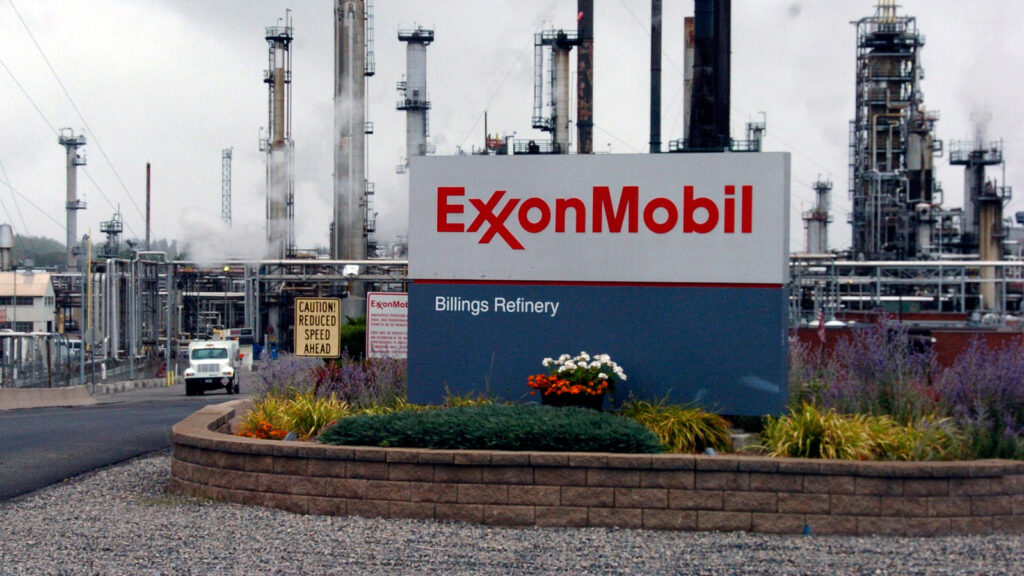
Exxon Mobil (NYSE: XOM) is an petrochemical and energy company with the following primary lines of business:
- Exploration for crude oil and natural gas
- Extraction of crude oil and natural gas
- Manufacturing a variety of petrochemical products (this includes refinery operations)
- Transportation & trade of crude oil, natural gas, and petrochemical products
- Miscellaneous lower-emission business opportunities including some related to carbon capture and storage, hydrogen, and biofuels.
Exxon Mobil Corporation has several divisions and hundreds of affiliates, many with names including “ExxonMobil”, “Exxon”, “Esso”, “Mobil”, and/or “XTO”.
All together, the company generated $276.7 billion in operating revenue and $23.0 billion in net income in 2021. The majority of earnings comes from non-U.S. oil & gas extraction.
| Official Company Name | Exxon Mobil Corporation |
| State of Incorporation | New Jersey |
| Address of Principal Executive Offices | 5959 Las Colinas Boulevard Irving, TX 75039 |
| 2021 Annual Report | 10-K |
| Investor Relations Website | corporate.exxonmobil.com/investors |
#2 McKesson ($257 Billion)
Summary: This Irving-based healthcare services conglomerate operates pharmacies, distributes drugs, and provides various B2B services including drug logistics and distribution.
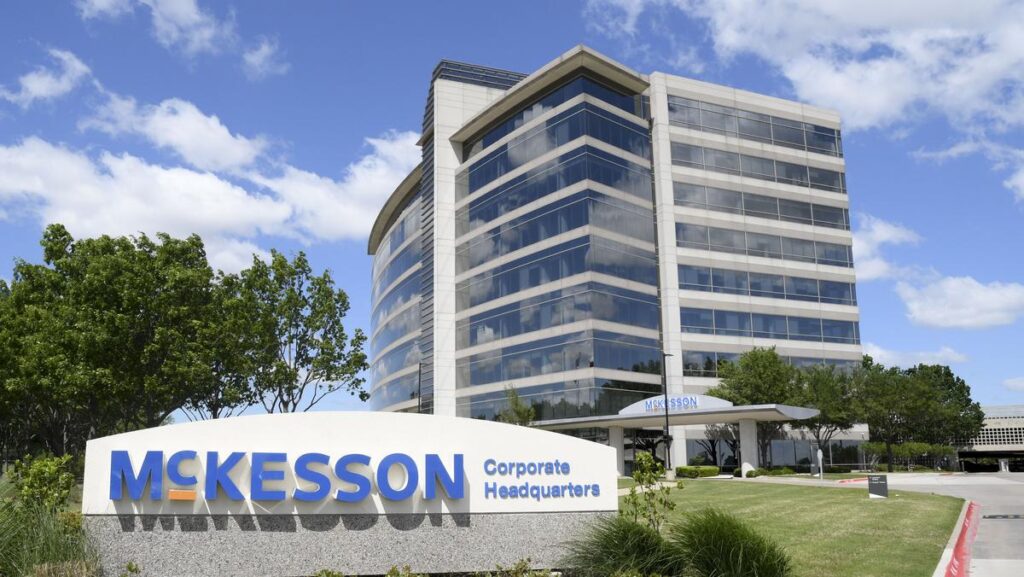
McKesson (NYSE: MCK) is a healthcare services conglomerate with four business segments:
- U.S. Pharmaceutical
- Prescription Technology Solutions (RxTS)
- Medical-Surgical Solutions
- International
The U.S. Pharmaceutical business segment includes a wide variety of business lines ranging from the distribution of branded, generic, and OTC pharmaceutical drugs to services for oncologists and other specialty medical practices to financial and operational services for pharmacies.
The Prescription Technology Solutions business segment addresses medication challenges throughout a patient’s journey across healthcare providers, pharmacies, insurance companies, and drug makers. Many of the services offered fall into the category of third-party logistics and wholesale distribution support services.
The Medical-Surgical Solutions business segment focuses on distribution and logistics of medical-surgical equipment for physician offices, surgery centers, nursing homes, hospital reference labs, and home health care agencies.
The International business segment provides distribution and services to wholesale, institutional, and retail customers in 11 European countries and Canada. McKesson owns, partners with, and franchises retail pharmacies in some or all of these countries.
| Official Company Name | McKesson Corporation |
| State of Incorporation | Delaware |
| Address of Principal Executive Offices | 6555 State Hwy 161 Irving, TX 75039 |
| Annual Report (FY ending March 31, 2022) | 10-K |
| Investor Relations Website | investor.mckesson.com |
#3 AT&T ($169 Billion)
AT&T Inc. is a holding company for various wireless telephone, internet service, and entertainment businesses.
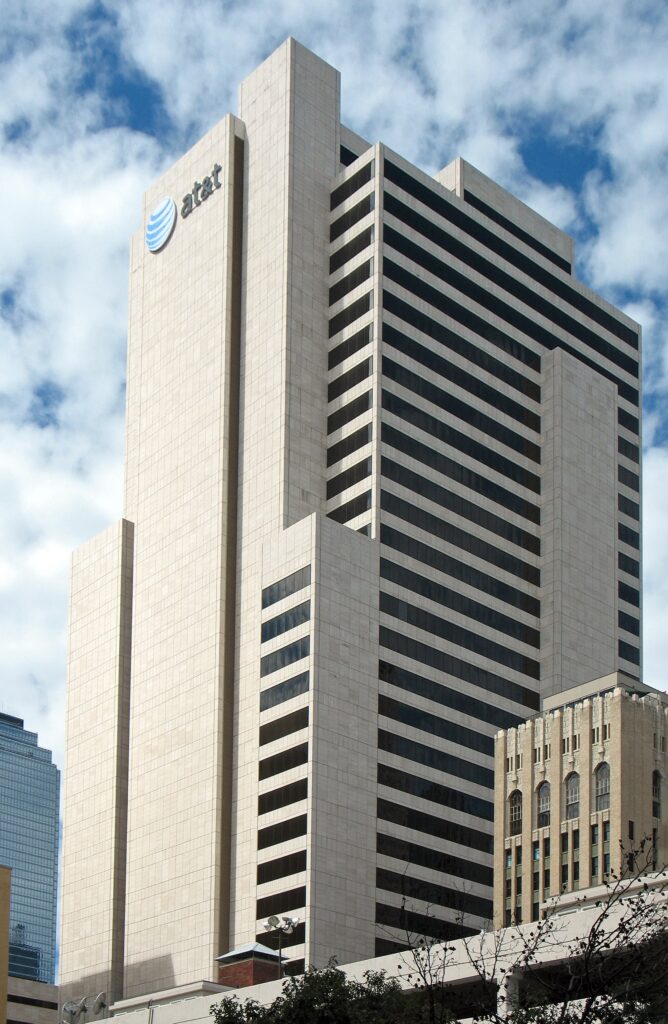
| Official Company Name | AT&T Inc. |
| State of Incorporation | Delaware |
| Address of Principal Executive Offices | 208 S. Akard St. Dallas, TX 75202 |
| 2021 Annual Report | 10-K |
| Investor Relations Website | investors.att.com |
#4 Valero Energy ($114 Billion)
Summary: This San Antonio based oil & energy company owns 15 oil refineries, 12 ethanol plants, part of a renewable diesel plant, and generated $114 billion in revenue.
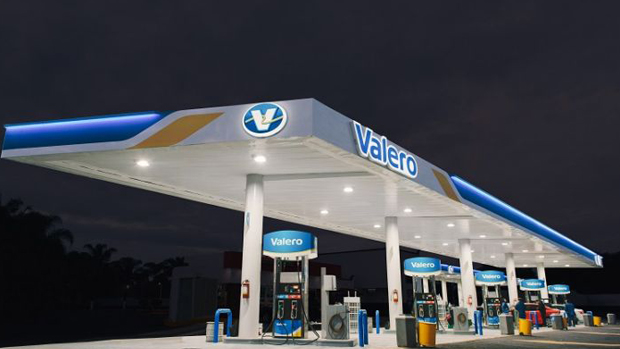
Valero Energy (NYSE: VLO) is a multinational manufacturer and marketer of petroleum-based liquid transportation fuels and petrochemical products. The company’s primary sales markets are the U.S., Canada, the U.K., Ireland, and Latin America.
The company owns 15 petroleum refineries located in the U.S., U.K., and Canada with a combined throughput capacity of 3.2 million barrels per day. The company also owns 12 ethanol plants with a combined production capacity of 1.6 billion gallons per year and is a joint venture member in Diamond Green Diesel Holdings LLC which owns a renewable diesel plant with a production capacity of 700 million gallons per year.
| Official Company Name | Valero Energy Corporation |
| State of Incorporation | Delaware |
| Address of Principal Executive Offices | One Valero Way San Antonio, TX 78249 |
| 2021 Annual Report | 10-K |
| Investor Relations Website | investorvalero.com |
#5 Phillips 66 ($111 Billion)
Summary: This petrochemical company generated $111 billion in revenue by refining, transporting, and reselling various oil and gas products.
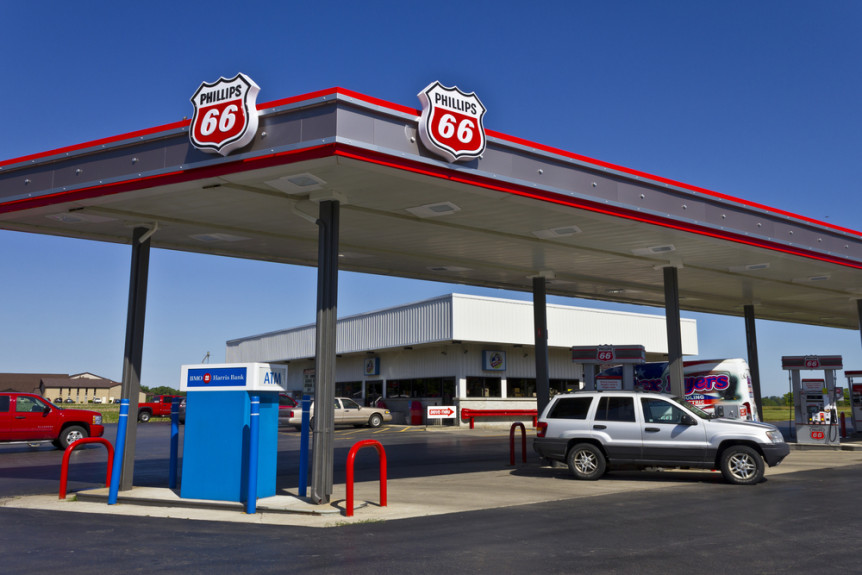
Phillips 66 (NYSE: PSX) is a petrochemical company with four operating segments:
- Midstream — Provides transportation, storage, fractionation, and marketing of crude oil, petroleum products, and natural gas. This segment also includes various ownership stakes in other companies including a lithium ion battery company
- Chemicals — Consists of a 50% equity investment in Chevron Phillips Chemical Company LLC which manufactures and sells petrochemicals and plastics on a worldwide basis
- Refining — Refines crude oil and other feedstocks into petroleum products such as gasoline, distillates, and aviation fuels, as well as renewable fuels
- Marketing & Specialties (M&S) — Purchasing, marketing, and reselling refined petroleum products and renewable fuels. In addition, this segment includes the manufacturing and marketing of specialty products such as base oils and lubricants
The company generated $111 billion of revenue in 2021 and $1.66 billion of comprehensive income attributable to Phillips 66 itself.
| Official Company Name | Phillips 66 |
| State of Incorporation | Delaware |
| Address of Principal Executive Offices | 2331 CityWest Blvd Houston, TX 77042 |
| 2021 Annual Report | 10-K |
| Investor Relations Website | investor.phillips66.com/investors |
#6 Dell ($101 Billion)
Summary: Dell is a computer hardware manufacturer with a side business of IT and cloud services.
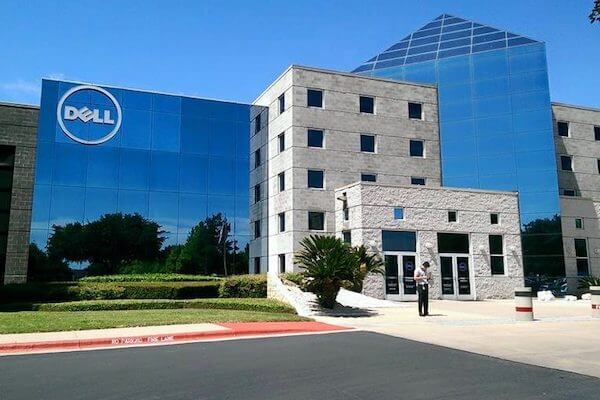
Dell manufactures computer products and provides various IT and cloud services. Near the end of 2021, the company also spun off some subsidiaries such as VMware and Boomi in order to better focus on and reinvest into its core infrastructure and high-priority business areas.
The company generated $101 billion in revenue and $5.4 billion of comprehensive income attributable to Dell itself.
| Official Company Name | Dell Technologies Inc. |
| State of Incorporation | Delaware |
| Address of Principal Executive Offices | One Dell Way Round Rock, TX 78682 |
| 2021 Annual Report | 10-K |
| Investor Relations Website | investors.delltechnologies.com |
